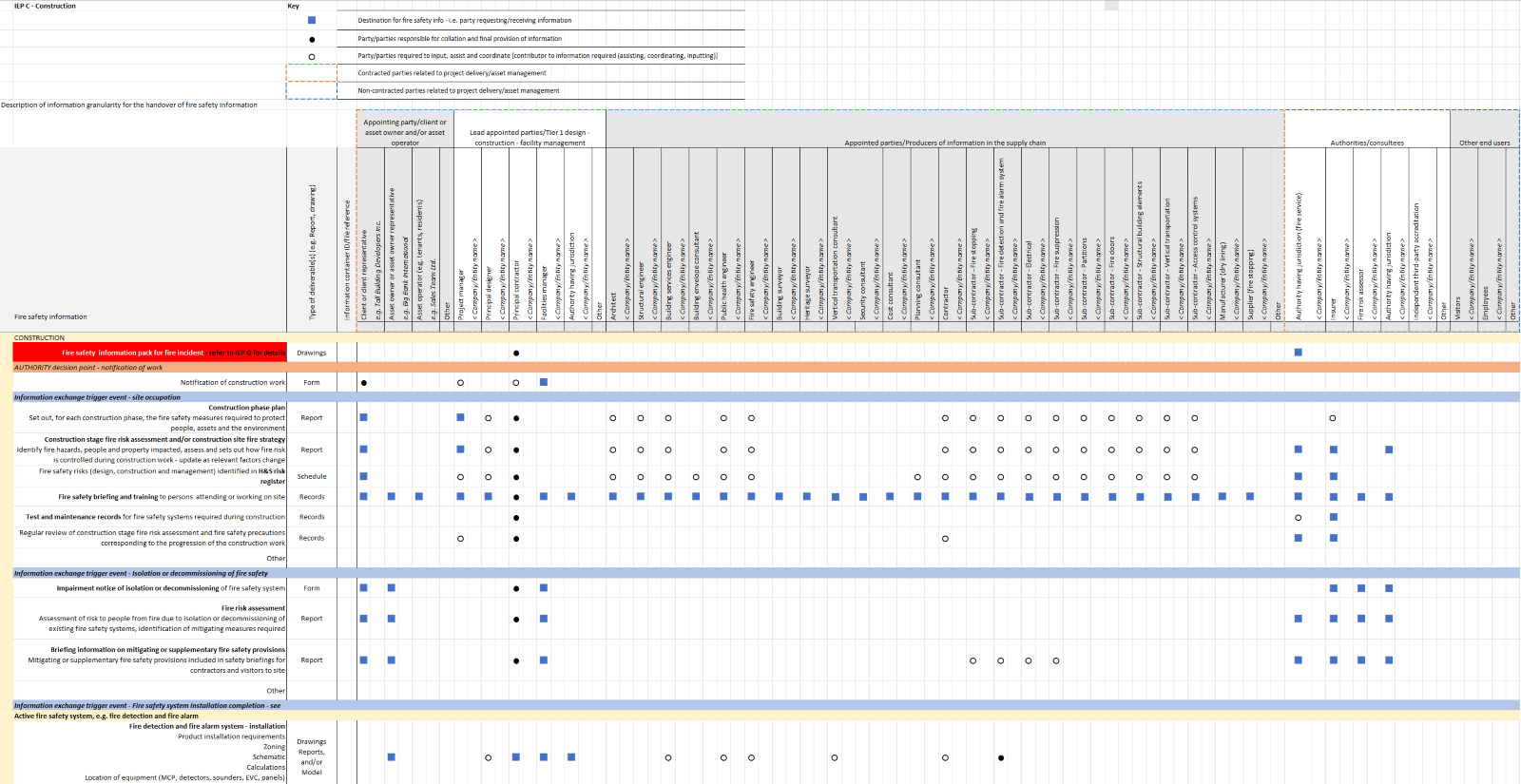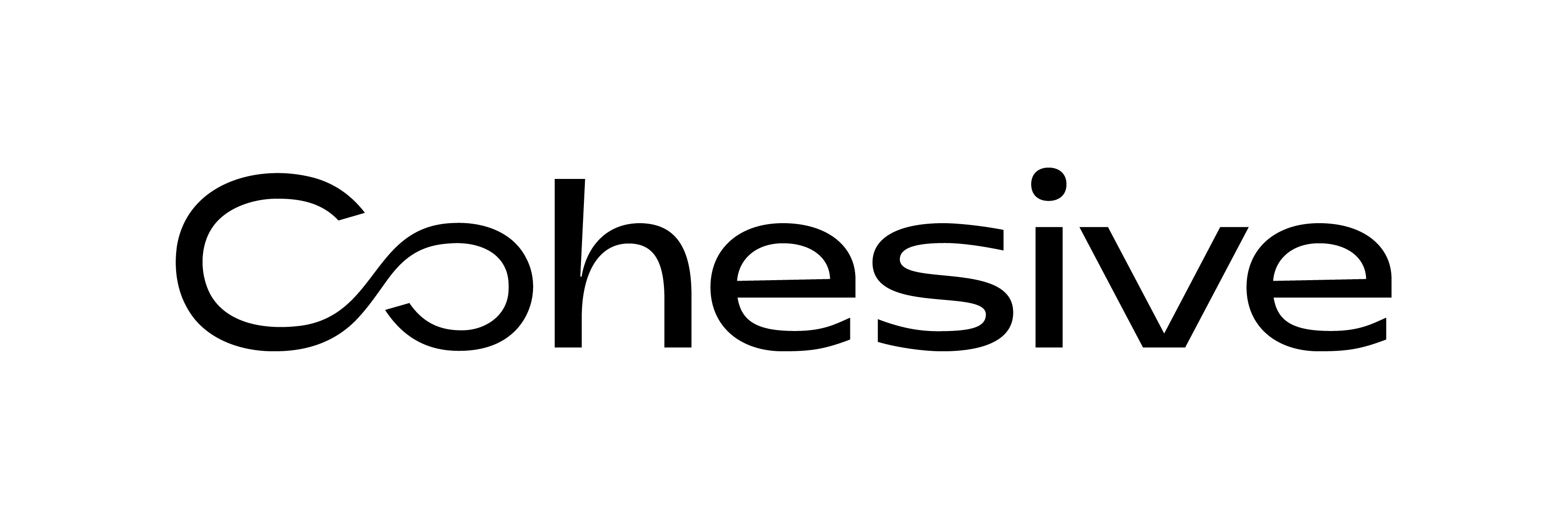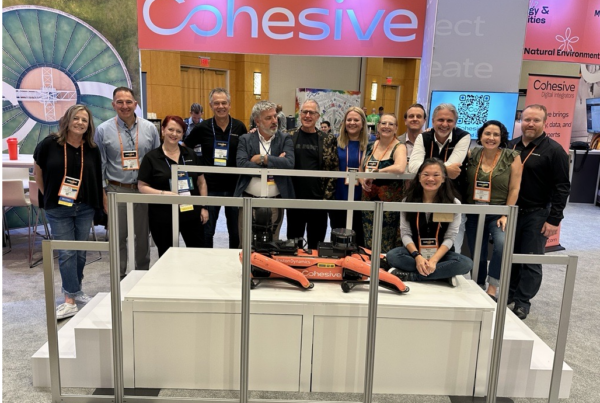This article does not intend to be a technical review of BS 8644-1. Its purpose is to provide an overview and main points of the technical implementation on live projects performed by Cohesive to this date. It’s above all an interpretation of the Standard, including a demonstration of some of the processes built around it to support the Design Teams in delivering information that can offer value to our clients and future building occupiers.
Context
BS8644-1:2022 Digital Management of Fire Safety Information – Part 1: Design, construction, handover, asset management, and emergency response – Code of practice was published on 31st July 2022, following the Building Safety Act Royal Assent on 28th April 2022.
In the wake of the Grenfell Tower fire in June 2017, Dame Judith Hackitt published the Independent Review of Building Regulations and Fire Safety: Final Report. Dame Judith concluded that there was “unanimous concern surrounding the ineffective operation of the current rules around the creation, maintenance, and handover of building and fire safety information”. She made four recommendations in relation to developing a “golden thread of building information” for higher-risk buildings (HRBs).
Central to these recommendations was the need to create a “digital standard of record-keeping for the design, construction and during the occupation of new High-Risk Residential Buildings (HRRBs)”.
BS 8644-1:2022 has been developed under the principles of the following three strategic objectives:
- Provide a safer built environment that is appropriate for the intended end users
- Reduce disruption to business operations and property loss from fire, and
- Enable relevant, accurate, and accessible fire safety information to be made available to the right people at the right time.
In essence, it supports the golden thread of information as a digital process to manage fire safety information.
Scope
BS8644-1:2022 is a code of practice and therefore takes the form of recommendations and guidance. It is not to be quoted as if it were a specification.
Part 1 of BS 8644 is not specific to high-risk buildings (HRBs) and can be implemented with all assets across the built environment, “including buildings for which a golden thread of information is required”.
Fire Safety Information Management Framework
BS8644-1:2022 introduces the Fire Safety Information Management Framework (see figure 1 below).

Figure 1 – Fire Safety Information Management Framework (based on BS 8644-1)
Information Exchange Points (IEPs) – Under the Framework, fire safety information should be exchanged at specific Information Exchange Points (IEPs) that cover an entire asset’s life cycle.
The Framework and its established IEPs are not limited to a specific plan of work, and can easily be adapted to align with the RIBA 2020 Plan of Works.
For the implementation of BS 8644-1:2022 on live projects, during design and construction stages, Cohesive aligned the IEPs with the following RIBA work stages and milestones:
- IEP A – Preparation and Briefing
- IEP B1 – Stage 2 Concept Design
- IEP B2 – Stage 3 Spatial Coordination
- IEP B3 – Stage 4 Technical Design
- IEP C – Manufacturing and Construction
- IEP D – Handover
There are two IEPs in the Framework that relate to the operational and end-of-life phases of the asset:
IEP E – Asset in use stage – Trigger events for fire safety information to be exchanged should be defined by the asset owner or operator – e.g., information exchange to enable the HRB re-certification with the Building Safety Regulator and maintain the Golden Thread of Information – these should be referenced in the contract between the asset owner and the managing agent responsible for the building maintenance.
IEP F – Asset end-of-life stage – Decommissioning and demolition of the asset.
The following IEP can occur at any point in time starting from construction until the end-of-life stage:
IEP G – Fire and rescue service intervention – To be implemented during an emergency response to a fire emergency occurrence
The British Standard comes with an IEP template in Excel spreadsheet file format (see figure 2 below).

Figure 2 – Extract from BS 8644-1, IEP spreadsheet template
The IEP template includes eight tabs – IEPs A, B, C, D, E, F, and G, and Template, describing how the matrix of each IEP is organized (rows list the information to be exchanged while columns indicate the parties involved). These parties can be responsible for the collation and final provision of the information, providing input, assistance, and coordination, or the party receiving the fire safety information.
Cohesive used the template as a starting point and adapted it to the RIBA plan of work, with some additional changes in order to make it more user-friendly and project-specific:
- IEP B was broken down into IEP B1, B2, and B3 to align the IEPs with the RIBA 2020 work stages 2, 3, and 4.
- More columns were introduced to include the documents/drawings information container ID
- One column was added to identify if the specific document has been exchanged
- New tab with the list of parties related to the project/asset – this change allowed for the columns to be narrower, improving the navigation of each IEP sheet
- Key integrated with the table headers
- Color-coded with the RIBA 2020 plan of works stages.

Figure 3 – Extract from Cohesive’s IEP project template, adapted from BS 8644-1 IEP template
For each project, HRB dutyholders and the Design Team are responsible for the customization and project specific information required to complete the IEP spreadsheet. They will also be responsible for the information exchanges and for completing the corresponding IEP at each milestone.
FIREie
FIREie data is required to be exchanged in spreadsheet rendition at specific Information Exchange Points (IEPs) (see IEPs chapter above) during all stages of an asset life cycle.
The British Standard states that “FIREie resembles but is not the same as the COBie information schema as documented in the UK BIM Framework”. This is true in relation to the additional attributes and sheets, but it is not clear exactly which components qualify to be included in FIREie.
Our understanding is that while COBie is used for the exchange of data related to components that have planned preventative maintenance against them, FIREie is meant to be used for the exchange of data related to fire safety components. There is an obvious overlap as many maintainable assets are also fire safety assets (e.g., fire doors, sprinklers, fire curtains, etc.) but not all fire protection elements in a building are ‘maintainable’ – e.g., fire-rated partitions and walls – and therefore these elements should be considered to be included in FIREie.
In addition to all fire safety components, we are also considering the inclusion of building elements that are not active or passive fire safety elements, but if exposed to fire the reaction could compromise the structural integrity of the building (e.g., all primary structural elements of the building – particularly steel load-bearing elements such as columns, braces, and beams). Therefore, the availability of such data could be important to allow emergency services to develop and implement a safe and effective tactical plan for use during an emergency response.
Although COBie and FIREie are to be provided separately, from Asset Information Requirements we have incorporated both information exchanges in the BIM Responsibility Matrix (see figure 4 below).

Figure 4 – Extract from Cohesive’s BIM Responsibility Matrix
Rui, a seasoned architect with over 15 years of design experience, brings a fervent commitment to both BIM and sustainability to his professional journey. He transitioned to a pivotal role as Head of BIM at a prominent international architectural firm, where he honed his expertise in shaping and executing digital strategies, contributing significantly to the successful delivery of high-profile projects spanning from conception to handover.
With an unwavering dedication to continuous learning, Rui has emerged as a recognized authority on critical topics such as the Building Safety Act and the Golden Thread of Information since joining Cohesive. This additional expertise enhances his already robust skill set.
Known for his exceptional leadership and strong interpersonal abilities, Rui is a catalyst for meaningful change. He excels in striking the delicate balance between people, processes, and digital tools, consistently driving progress in pursuit of excellence.

Rui Costa
Business Analyst: Buildings and Communities
Disclaimer: The information provided in this article is for general information only. All information provided here is one person’s interpretation and it cannot be used for legal purposes. Cohesive holds no responsibility and makes no representation or warranty about the accuracy or completeness of this information.








